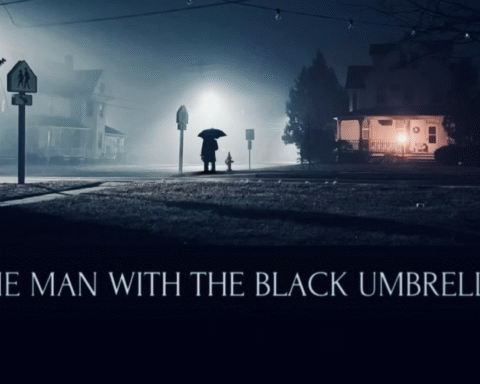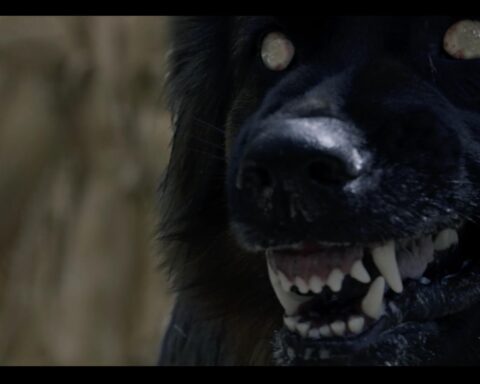“The Silence of the Lambs,” both the novel by Thomas Harris and the film adaptation directed by Jonathan Demme, stands as a landmark in the thriller genre, offering a unique blend of psychological complexity, character development, and thematic depth. The work transcends the traditional boundaries of horror and crime fiction, delving into the psyche of its characters and exploring the darker aspects of human nature. This essay will undertake an in-depth analysis of “The Silence of the Lambs,” focusing on its major themes, the intricate characterizations of Clarice Starling and Dr. Hannibal Lecter, and the narrative’s twists and turns that contribute to its enduring impact.

1. Themes in The Silence of the Lambs
1.1 The Nature of Evil
One of the central themes in “The Silence of the Lambs” is the exploration of evil, particularly through the character of Hannibal Lecter. Unlike conventional portrayals of evil in fiction, Lecter represents a form of intellectual and almost artistic malevolence. His actions are not driven by simple greed or anger but by a profound detachment from moral norms. Lecter’s evil is deeply philosophical, as he sees his killings as a form of higher art or as acts of supreme will, echoing Nietzschean ideas about the Übermensch and the transcendence of traditional morality.
Lecter’s character challenges the audience’s understanding of evil. He is a cultured man, with refined tastes in art, music, and cuisine, yet his actions are horrifyingly brutal. This juxtaposition creates a complex portrait of evil that is not merely a lack of good but an active, almost creative force. The narrative questions whether evil can coexist with qualities we typically associate with greatness or genius, forcing the audience to reconsider their preconceived notions of morality.
1.2 The Struggle for Identity
The theme of identity is also prominent, especially in the character of Clarice Starling. Throughout the story, Starling grapples with her past, her ambitions, and her sense of self-worth. The lambs that haunt her dreams symbolize her childhood trauma and her desire to save the helpless, reflecting her internal struggle to find her place in a world dominated by men. Her journey to capture Buffalo Bill is not just a professional challenge but also a personal quest to silence the lambs, to resolve the trauma of her past, and to assert her identity as a capable and independent woman.
Similarly, the character of Buffalo Bill represents a twisted search for identity. His desire to transform himself into a woman by making a “suit” of human skin is a grotesque manifestation of his struggle with his identity. His actions are a perverse attempt to resolve his deep-seated confusion and self-hatred, highlighting the destructive potential of an unresolved identity crisis.
1.3 The Power Dynamics of Gender
Gender dynamics play a crucial role in “The Silence of the Lambs.” Clarice Starling operates in a male-dominated world, and her interactions with her male colleagues, superiors, and adversaries often highlight the power imbalances based on gender. The narrative frequently underscores the objectification of women, both in the literal sense, as seen in Buffalo Bill’s treatment of his victims, and in the more subtle, systemic sense, as seen in Starling’s experiences with her superiors.
Lecter’s fascination with Starling is also tied to her gender. Unlike the male characters who seek to dominate or control her, Lecter seems to recognize and respect Starling’s intelligence and potential, albeit in a manipulative way. Their relationship is one of mutual recognition and, to some extent, manipulation, but it also serves as a commentary on the way women navigate power structures in a patriarchal society.
1.4 The Duality of Humanity
Another key theme is the duality of human nature, which is embodied in the characters of both Lecter and Starling. Lecter, with his dual identity as a brilliant psychiatrist and a cannibalistic serial killer, represents the extreme ends of human capability—intellect and savagery. Starling, on the other hand, represents the dual struggle between her vulnerability and her strength. She is both the lamb and the lion, reflecting the complex nature of humanity that can embody both innocence and ferocity.
The narrative explores this duality through various symbols and motifs, such as the recurring imagery of the lambs and the moths. The lambs symbolize innocence and vulnerability, while the moths, particularly the Death’s-head Hawkmoth, represent transformation and death. These symbols serve to underline the theme of duality, as they contrast the innocent with the monstrous, the living with the dead, and the vulnerable with the powerful.
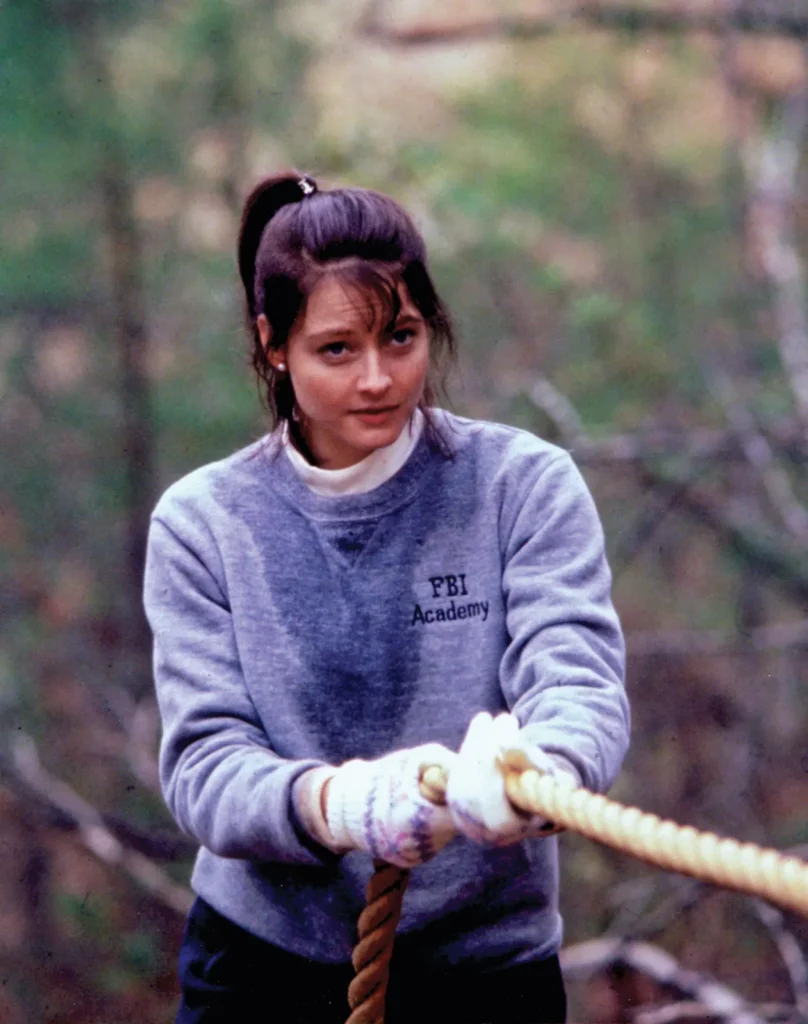
2. The Character of Clarice Starling
2.1 Clarice as a Heroine
Clarice Starling is one of the most iconic heroines in modern literature and film. Her character is complex, marked by a blend of vulnerability, determination, and intelligence. As a young FBI trainee, she is not just fighting external enemies but also battling internal demons. Her backstory, particularly the trauma of her father’s death and her subsequent experience on the ranch, where she witnessed the slaughter of the lambs, is crucial in understanding her motivations. This trauma drives her to save others, particularly the innocent and the helpless, as a way of atoning for the lambs she could not save.
Clarice’s heroism is also defined by her perseverance in a male-dominated field. She constantly faces challenges and skepticism from her male colleagues, yet she remains undeterred. Her interactions with Hannibal Lecter, though often unsettling, showcase her courage and intelligence. She does not allow herself to be intimidated by Lecter’s psychological games, and it is this mental resilience that ultimately enables her to succeed where others have failed.
2.2 Clarice’s Psychological Depth
Clarice’s psychological complexity is one of the most compelling aspects of her character. She is haunted by her past, yet she uses this pain as a driving force in her quest for justice. Her determination to capture Buffalo Bill is not just about her career but also about proving her worth, both to herself and to others. This personal stake in the investigation adds a layer of emotional depth to her character, making her more than just a typical law enforcement figure.
The novel and film also explore Clarice’s struggles with identity and self-perception. She is constantly aware of how others see her—as a woman, as a novice, as someone with a troubled past. This awareness shapes her actions and decisions throughout the narrative. Her relationship with Lecter further complicates her self-perception, as he forces her to confront her deepest fears and insecurities. Yet, it is through this confrontation that Clarice grows stronger, ultimately emerging as a more self-assured and capable individual.
2.3 The Evolution of Clarice’s Character
Over the course of the narrative, Clarice undergoes significant character development. She starts as an eager, somewhat naïve trainee, but as she delves deeper into the investigation, she becomes more hardened and determined. Her experiences force her to confront the darkest aspects of humanity, and in doing so, she gains a deeper understanding of herself and her own potential. By the end of the story, Clarice has evolved into a more mature and confident character, capable of facing not only external threats but also her internal demons.
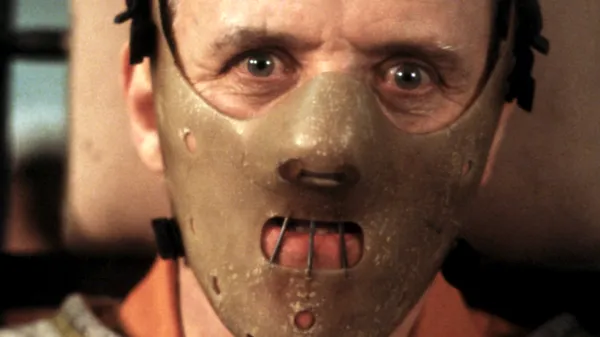
3. The Character of Hannibal Lecter
3.1 Hannibal as the Antagonist
Hannibal Lecter is arguably one of the most complex and intriguing antagonists in modern fiction. Unlike traditional villains, Lecter is not motivated by a desire for power, revenge, or wealth. Instead, his actions are driven by a combination of intellectual curiosity, aesthetic sensibility, and a twisted sense of superiority. Lecter’s character is defined by his intelligence and his ability to manipulate those around him. He is always several steps ahead of his adversaries, using his psychological insight to control and influence others.
Lecter’s interactions with Clarice Starling are particularly fascinating. He recognizes her potential and is intrigued by her intelligence and vulnerability. Their relationship is one of mutual respect, albeit within the context of a power dynamic that heavily favors Lecter. He sees in Clarice a kindred spirit of sorts, someone who, like him, is driven by a deep-seated trauma. However, unlike Lecter, Clarice channels her trauma into a desire to protect others, while Lecter uses his to justify his horrific actions.
3.2 The Psychology of Hannibal Lecter
Lecter’s psychology is central to his character. He is a classic example of a high-functioning sociopath—intelligent, charming, and utterly devoid of empathy. His ability to mask his true nature behind a façade of civility makes him all the more dangerous. Lecter’s cannibalism, while shocking, is not portrayed as a mere act of brutality but as a symbolic expression of his disdain for humanity. He does not simply kill; he consumes, in a literal sense, those he deems unworthy or inferior.
Lecter’s relationship with Clarice also reveals his psychological complexity. He is drawn to her because she represents a challenge—someone who is both vulnerable and strong, innocent yet capable of great insight. Through their conversations, Lecter probes Clarice’s psyche, uncovering her deepest fears and insecurities. However, these interactions are not merely manipulative; they also suggest a twisted form of mentorship. Lecter seems to take pleasure in guiding Clarice, pushing her to confront her demons and, in doing so, become stronger.
3.3 Hannibal’s Role as a Cultural Icon
Since the publication of the novel and the release of the film, Hannibal Lecter has become a cultural icon, representing the archetype of the “intelligent monster.” His character has been analyzed in various academic and popular contexts, often seen as a representation of the dangers of unchecked intellect and the darker aspects of human nature. Lecter’s charm and sophistication, combined with his monstrous actions, make him a uniquely compelling figure, one that continues to fascinate and disturb audiences.




4. The Narrative Structure and Its Twists
4.1 The Use of Parallel Narratives
One of the key strengths of “The Silence of the Lambs” lies in its narrative structure, which uses parallel storylines to build tension and complexity. The novel and film follow the investigation into Buffalo Bill while simultaneously exploring Clarice’s interactions with Hannibal Lecter. These parallel narratives not only create a sense of urgency but also allow for a deeper exploration of the characters. As Clarice delves deeper into the case, her relationship with Lecter becomes increasingly significant, with each conversation bringing her closer to understanding both Buffalo Bill and herself.
The narrative structure also emphasizes the thematic connections between the characters. Buffalo Bill and Hannibal Lecter, while vastly different in their motivations and methods, are both portrayed as embodiments of the story’s central themes—identity, power, and the nature of evil. Clarice, caught between these two figures, represents the struggle to maintain one’s humanity in the face of such overwhelming darkness.
4.2 The Role of Suspense and Psychological Horror
“The Silence of the Lambs” is often classified as a thriller, but its use of suspense and psychological horror sets it apart from conventional entries in the genre. The tension in the story is not just about the physical danger posed by Buffalo Bill but also about the psychological games played by Hannibal Lecter. The horror in the story is deeply psychological, rooted in the exploration of the human mind and its capacity for both good and evil.
The film, in particular, uses visual and auditory cues to heighten this sense of suspense. The close-up shots of Lecter’s face, the eerie silence during his conversations with Clarice, and the dimly lit environments all contribute to a pervasive sense of unease. This focus on psychological horror rather than overt violence allows the story to explore its themes in a more nuanced and impactful way.
4.3 The Climax and Its Implications
The climax of “The Silence of the Lambs” is a masterclass in suspense and narrative payoff. The final confrontation between Clarice and Buffalo Bill is not just the resolution of the plot but also the culmination of Clarice’s character arc. Throughout the story, Clarice has been searching for a way to silence the lambs—to resolve the trauma of her past and prove her worth. The moment she confronts Buffalo Bill in the dark basement is symbolic of her facing her deepest fears.
This scene also highlights the theme of duality. In the darkness, both Clarice and Buffalo Bill are reduced to their most primal selves—hunter and prey, predator and victim. Yet, it is Clarice’s courage and training that allow her to emerge victorious. The resolution of this confrontation serves as a metaphor for Clarice’s personal growth; by defeating Buffalo Bill, she silences the lambs, at least for a time, and proves that she is more than the sum of her past traumas.
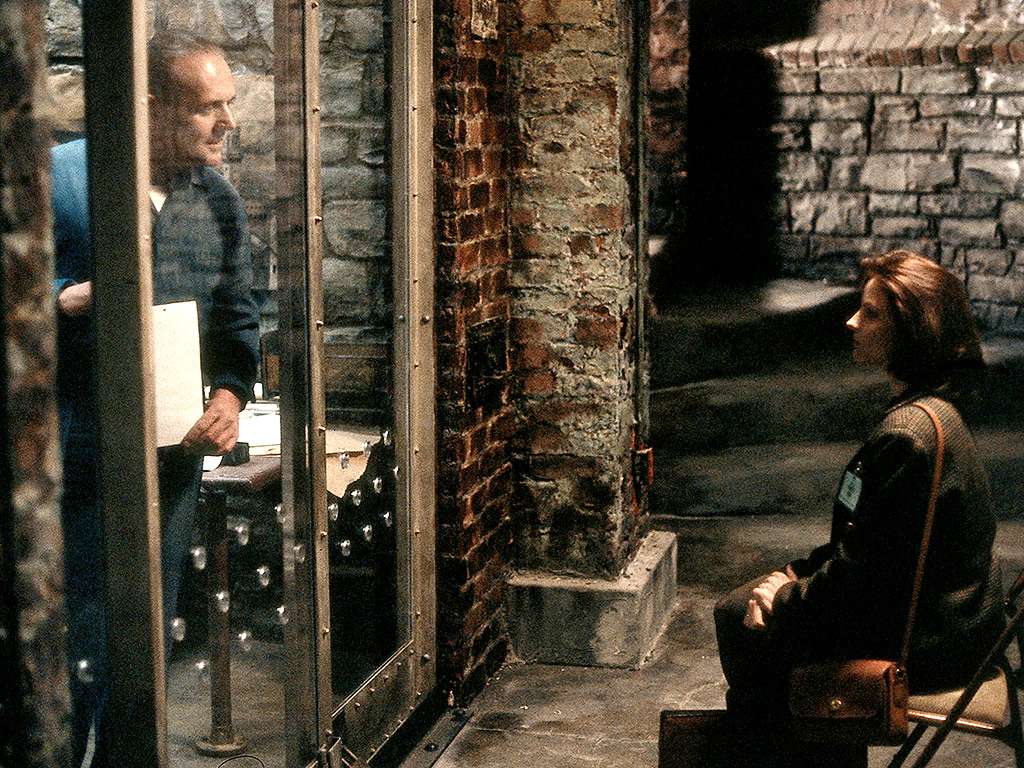
5. The Cinematic Adaptation: A Study in Interpretation
5.1 Differences between the Novel and the Film
The film adaptation of “The Silence of the Lambs,” directed by Jonathan Demme, is remarkably faithful to the source material, yet there are notable differences that reflect the distinct demands of the cinematic medium. The novel allows for a more in-depth exploration of the characters’ inner thoughts and the thematic underpinnings of the story. In contrast, the film relies on visual storytelling, using camera angles, lighting, and actor performances to convey the psychological depth of the characters.
One of the most significant differences is the portrayal of certain secondary characters and subplots. In the novel, more time is spent on characters like Jack Crawford and Dr. Chilton, providing additional context and background. The film, however, focuses more tightly on the central relationship between Clarice and Lecter, streamlining the narrative for a more focused and intense viewing experience. This focus enhances the psychological tension but also sacrifices some of the novel’s broader exploration of institutional dynamics within the FBI.
5.2 The Performances: Anthony Hopkins and Jodie Foster
The success of the film is largely due to the performances of Anthony Hopkins as Hannibal Lecter and Jodie Foster as Clarice Starling. Hopkins’ portrayal of Lecter is both chilling and charismatic, bringing to life the character’s blend of intelligence, charm, and malevolence. His performance is marked by subtlety—small gestures, a calm tone of voice, and intense eye contact—that convey Lecter’s dangerous nature without the need for overt displays of violence. This portrayal has become iconic, setting a standard for the depiction of intelligent villains in cinema.
Jodie Foster’s portrayal of Clarice is equally compelling. She captures the character’s vulnerability and determination, making her a relatable and sympathetic protagonist. Foster’s performance emphasizes Clarice’s internal struggle and her resilience in the face of overwhelming challenges. The chemistry between Foster and Hopkins adds a layer of depth to their interactions, making their relationship one of the most memorable aspects of the film.
5.3 Visual and Auditory Techniques in the Film
The film’s use of visual and auditory techniques plays a crucial role in creating its tense and unsettling atmosphere. Demme’s direction emphasizes close-up shots, particularly during the conversations between Clarice and Lecter, which create a sense of intimacy and unease. The use of lighting is also significant, with many scenes bathed in shadows or dim light, reinforcing the themes of darkness and duality.
The film’s score, composed by Howard Shore, further enhances the psychological tension. The music is often understated, relying on low, ominous tones that build a sense of dread. The use of silence is equally effective, particularly in the scenes between Clarice and Lecter, where the lack of background noise draws attention to the dialogue and the unspoken psychological games at play.


6. The Legacy of The Silence of the Lambs
6.1 Influence on the Thriller Genre
“The Silence of the Lambs” has had a profound impact on the thriller genre, both in literature and film. Its success demonstrated that a thriller could be both intellectually engaging and commercially successful, paving the way for more psychologically complex stories in the genre. The character of Hannibal Lecter, in particular, has influenced the depiction of villains in subsequent works, with many authors and filmmakers seeking to create antagonists who are as intelligent and charismatic as they are dangerous.
The film’s success also highlighted the potential for strong female protagonists in genres traditionally dominated by male characters. Clarice Starling’s character has become a benchmark for heroines in thrillers, inspiring a generation of female characters who are both vulnerable and strong, complex and relatable.
6.2 Academic and Cultural Reception
Since its release, “The Silence of the Lambs” has been the subject of extensive academic analysis, with scholars examining its themes, characters, and cultural impact. The novel and film are frequently discussed in the context of gender studies, with particular attention paid to Clarice’s role as a female protagonist navigating a patriarchal environment. The portrayal of Lecter has also been analyzed from various perspectives, including psychological, philosophical, and cultural angles.
Culturally, “The Silence of the Lambs” has become a touchstone for discussions about the nature of evil, the psychology of violence, and the dynamics of power and identity. Its influence extends beyond the thriller genre, with references to the story appearing in various forms of media, from television shows to academic papers. The character of Hannibal Lecter, in particular, has become a cultural icon, representing the archetype of the “intelligent monster” and serving as a symbol of the darker aspects of human nature.
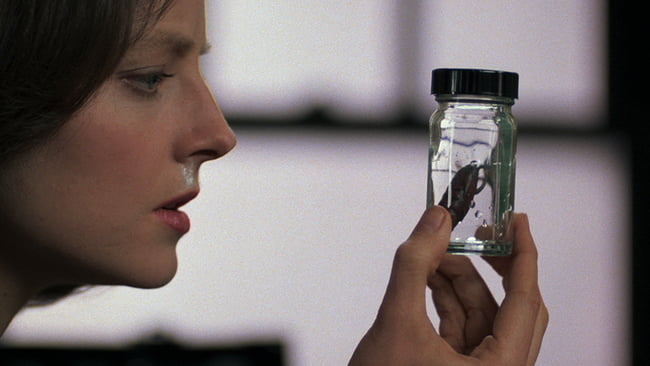
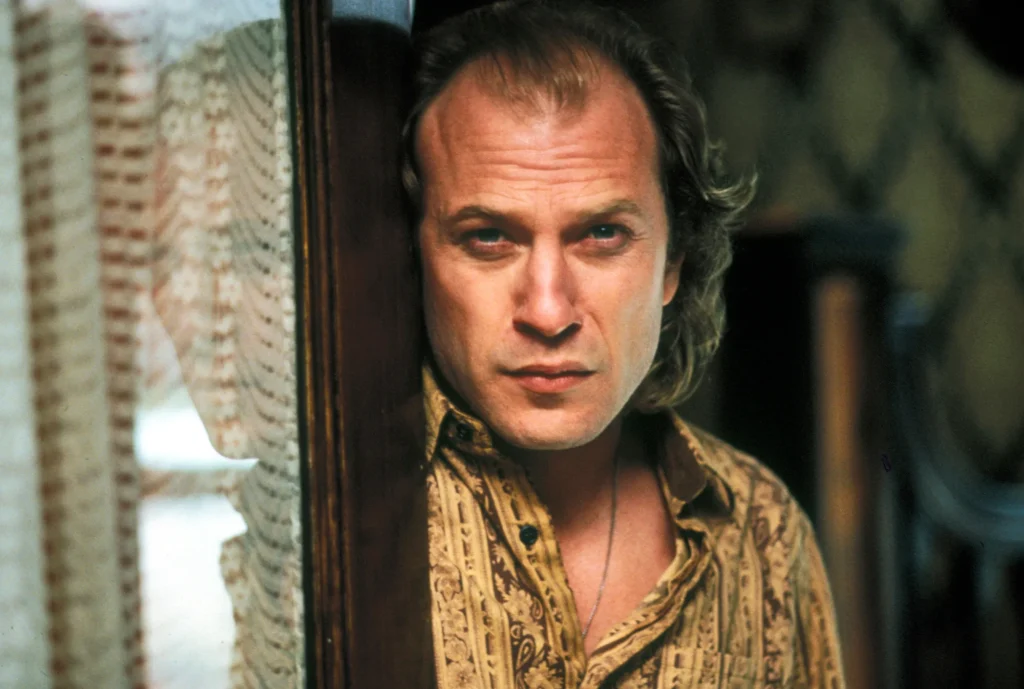
7. Final Words
“The Silence of the Lambs” is a work of remarkable depth and complexity, offering a rich tapestry of themes, characters, and narrative intricacies. Through its exploration of the nature of evil, the struggle for identity, and the power dynamics of gender, the story transcends its genre to offer a profound commentary on human nature. The characters of Clarice Starling and Hannibal Lecter are masterfully developed, representing opposing yet interconnected forces within the narrative. The story’s many twists and turns, combined with its psychological depth, make it a compelling and enduring work.
Both the novel and the film have left an indelible mark on the thriller genre, influencing subsequent works and continuing to resonate with audiences. The legacy of “The Silence of the Lambs” lies not only in its success as a thriller but also in its ability to provoke thought and discussion about the darker aspects of humanity. As a cultural and academic artifact, it remains a subject of fascination, offering new insights with each viewing or reading. Ultimately, “The Silence of the Lambs” stands as a testament to the power of storytelling, a work that challenges, disturbs, and captivates in equal measure.

